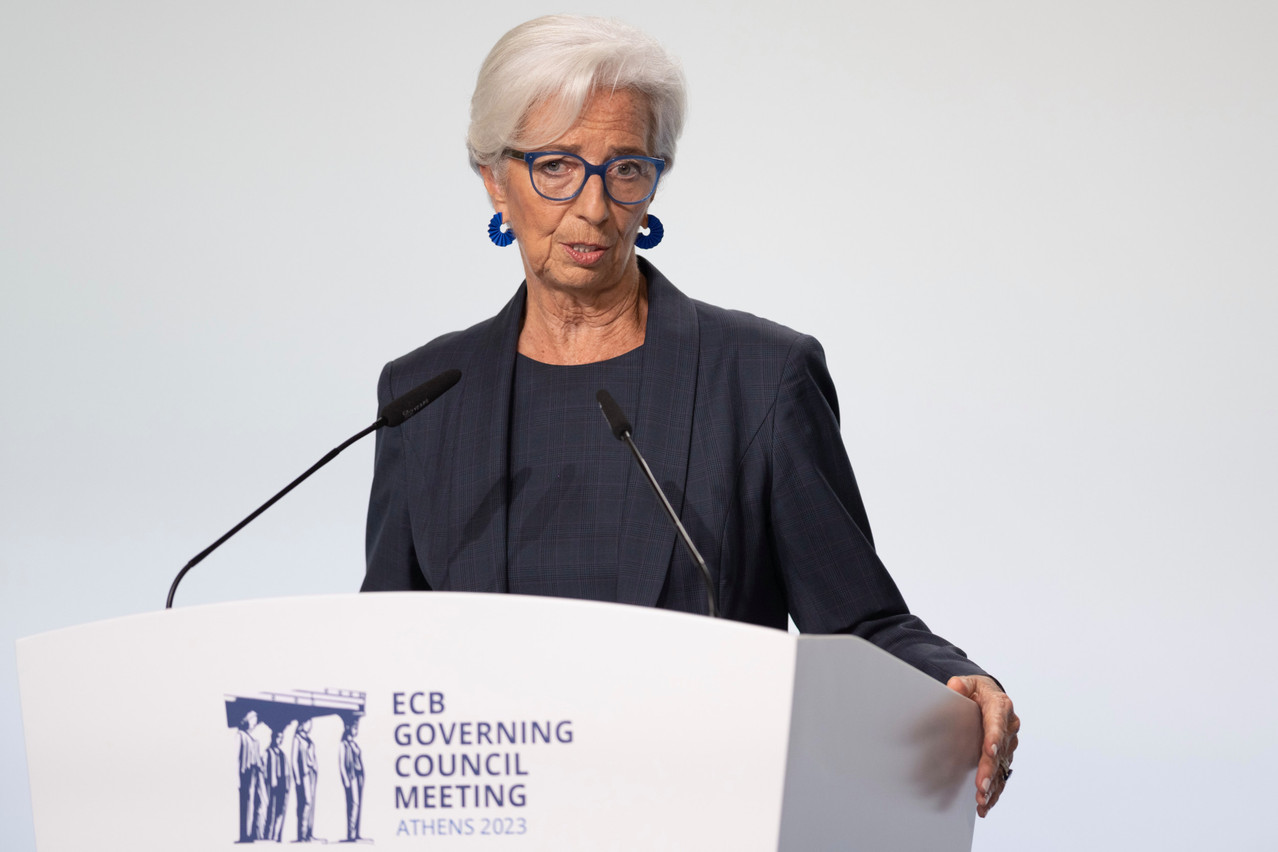In the European Central Bank’s final policy-setting meeting of 2023, scheduled for Thursday 14 December, it is widely expected that the key interest rates will remain unchanged. This decision--to maintain key bank rates at their highest levels in the last two decades--is part of the ECB’s strategy to achieve the 2% medium-term inflation target. From July 2022 to September 2023, the governing council, the principal monetary policy and key interest rates setting authority, consistently raised rates to contain high inflation, for the first time in their October meeting.
Just last week, Isabel Schnabel, a member of the ECB’s governing council, against premature rate reductions, challenging prevalent market speculations. She maintained that rigorous policy should continue until inflation consistently aligns with the 2% target, acknowledging the complexity of economic and geopolitical influences.
This approach, characterised by significant rate hikes to control inflation, is now under review by the governing council as it evaluates the effects of its restrictive monetary policies. This period offers businesses and consumers a further chance to adapt to shifting economic conditions, a perspective echoed by analysts from various top financial institutions.
“The ECB will leave interest rates unchanged. The central bankers have already made this clear,” stated Volker Schmidt from the investment firm Ethenea in a recent research note, reflecting a widely held market view. He also observed a notable decline in the euro area’s inflation rates, commenting, “the headline rate dropped to 2.9% in October and the core rate to 3.6%. Clearly, the cycle of interest rate hikes ended in September. Nonetheless, we anticipate rate cuts in 2024,” estimating “a 100bp reduction from June as realistic.”
Ulrike Kastens from DWS, another asset manager, projected that “growth and inflation forecasts for 2024 will likely be revised down, with the 2% inflation target possibly being met as early as 2025.” She believed that “ECB President Lagarde will clarify, particularly in the press conference, that rate cuts are not imminent.” Kastens warned about the dangers of underestimating inflation, expecting “Lagarde to dismiss swift rate cut calls on Thursday.”
Simon Harvey from Monex Europe, a foreign exchange outfit, stated, “considering our baseline scenario of a mild recession over the winter and continuous wage pressures in Q4 data, to be released just after March’s ECB decision, we predict the governing council will postpone initiating its easing cycle until April.”
On a similar note, Bank of America analysts anticipated short-term stability, noting, “we expect the ECB to remain on hold next week. Their communication and forecasts will imply that cuts are forthcoming, but not immediate.” The analysts anticipate more decisive moves ahead, asserting, “we are committed to a first quarterly cut in June, followed by quicker actions in 2025.”
Frederik Ducrozet from Pictet Wealth Management elaborated, “for the governing council to become confident enough to signal that a rate cut is coming, Lagarde’s three criteria need to be met [first], based on current inflation data, the inflation outlook and the strength of monetary policy transmission.” He contended, “the earliest possible date for a first reduction would be April,” expecting “the ECB to decrease the deposit facility rate from 4% to 3% by the end of next year.”
Franck Dixmier from Allianz Global Investors agreed, stating, “the ECB should keep rates steady.” However, “expectations of a rate cut as early as March seem premature to us,” he added, and and emphasised the need for “greater certainty about the trajectory of underlying inflation” before the ECB contemplates rate cuts.
Carsten Brzeski, global head of macro for ING Research succinctly put it that the ECB governing council on Thursday 14 December will “do nothing but keep all options open, all while sounding neither too dovish nor too detached from economic reality.”
